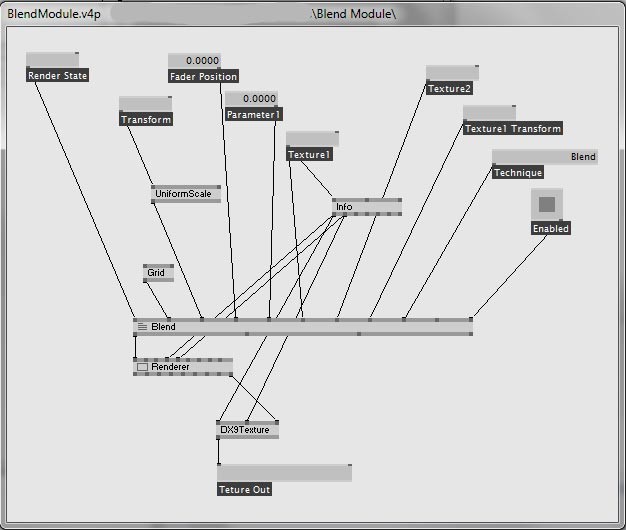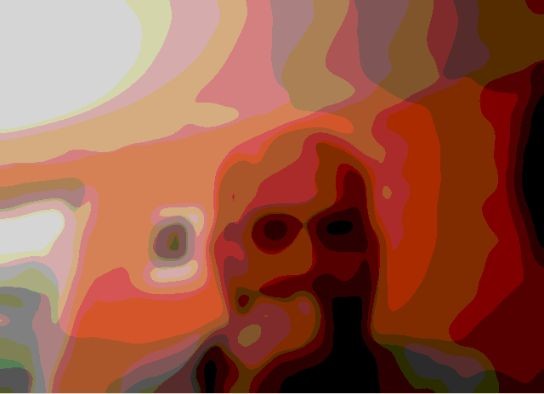@joreg: i m not affaid at all about community skills ! ;-)
i hope you were not affected by this point of view. I like to push the idea more and more until the end. for me effects are part of the natural core of a video software.
so purely it appears, as mentionned previously , the devvvv’s choice is collaboration and community ;-)
ok. got it and respect. i will forget they are modules , i promise ! ;-)
ah yeah! ouch! this will rock(et) !!!
dont know how to begin, and surely there will be tons of askings!
But really thanks !
I know that a lot is present in shaders contribs, and perhaps a knowing eye should be set to them before coding.
From the following list you may perhaps diagnostic the more little shaders/operators needed, that can be combined by user to obtain the described result after .
Maybe splitting the texture in RGB channels in 3 textures and recombine it after could be also possible ?
What do you think about it ? Little shaders giving by end following results, or complete shaders ?
COLOR ENHANCEMENT:
-RGB color balance on Dark Tint / Half Tint / Lighted tint
-Curves for R G B and Global (input: spread)
-Inversion ( general, or per channels RGB )
-Min / Max value ( R G B or ALL)
-Luminosity / contrast on Dark Tint / Half Tint / Lighted tint
-Threshold ( R G B or ALL)
-Monochrome on a selected color, with contrast movable on Dark Tint / Half Tint / Lighted tint
COLOR MANIPULATION:
-Dark enhancement (rounding %inpu nearest pixels to became black or dark)
-Color reduction
-Color remplacement
AMELIORATION:
-Sharpness
-openCV dilate
-openCV erode
-Noise reduction
BLUR: ( Spreadables ? multiple sources ? on a B&W texture map ?)
-Simple Blur
-Linear Blur
-Spiral Blur ( Kalle did a nice one but very hungry about ressources)
-Gaussian Blur
-Cynetic Blur ( Linear / Radial / Zoom )
-Star Blur
NOISE:
-Noise Random mixer ( Seed / Random factor / Iterations)
-Noise expander ( X Y Pixels expansion)
-Noise on RGB ( X Y Pixels offset range)
-Noise on HUE/ VAL ( X Y Pixels offset range)
perhaps thinking of receiving a texture to generate a moving " natural " noise .
EDGES:
-Sobel
-Contour
-Laplace
-Neon
-Gaussian difference based
and avability to determine the edge size, and color
About edges, Gimp’s set of edge is really complete and nice. About Sobel.fx original it is great with its 4 techniques: B or Wh, keeping source image background or not. So rendering type is something perhaps to keep ?
COMPOSITING TOOLS:
-Mask creator
-Alpha Chanel creator
-Chroma Key ( Low threshold, high threshold, blur, color)
-Color Replacement
-Color Reduction
EFFECTS:
-Posterization
-Solarisation
-Pixelate
-Glow 2D
BLENDING:
little blending nodes of ONE operation only, with 2 TEX input, would be really great.
-Tint based
-Light
-Shadow
-Blend
-Darken
-Product
-Density of color + / -
-Lighten
-Screen
-Softlight
-Highlight
-Hardlight
-Difference
-Exclusion
Anyway, many thanks to all ( including contributors)


